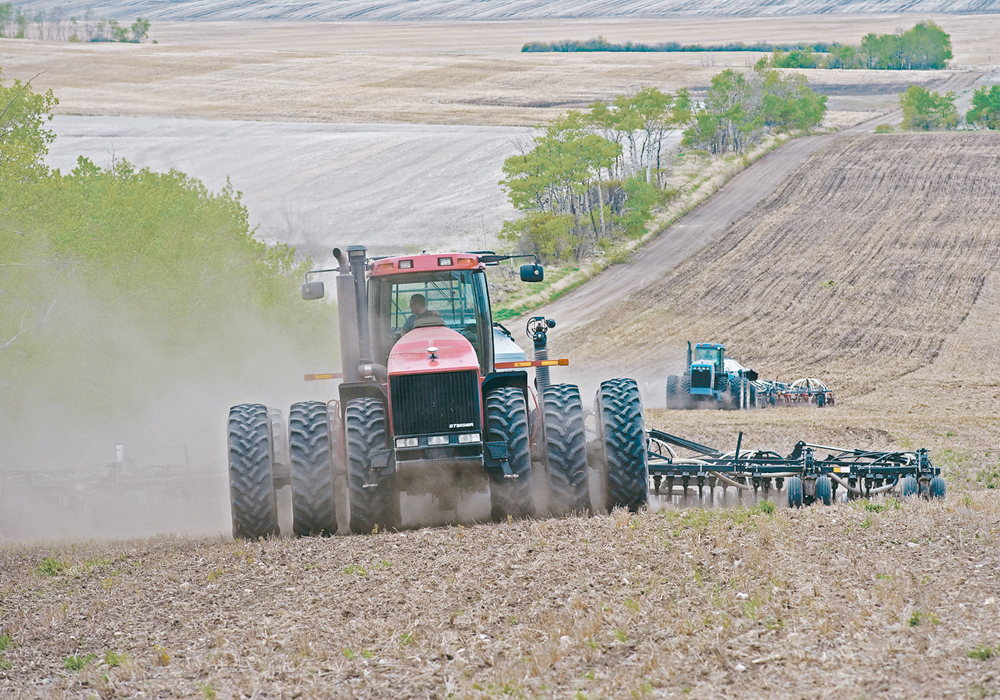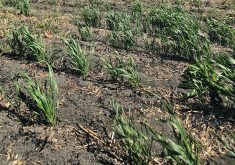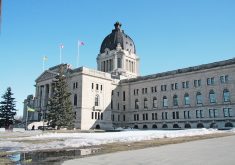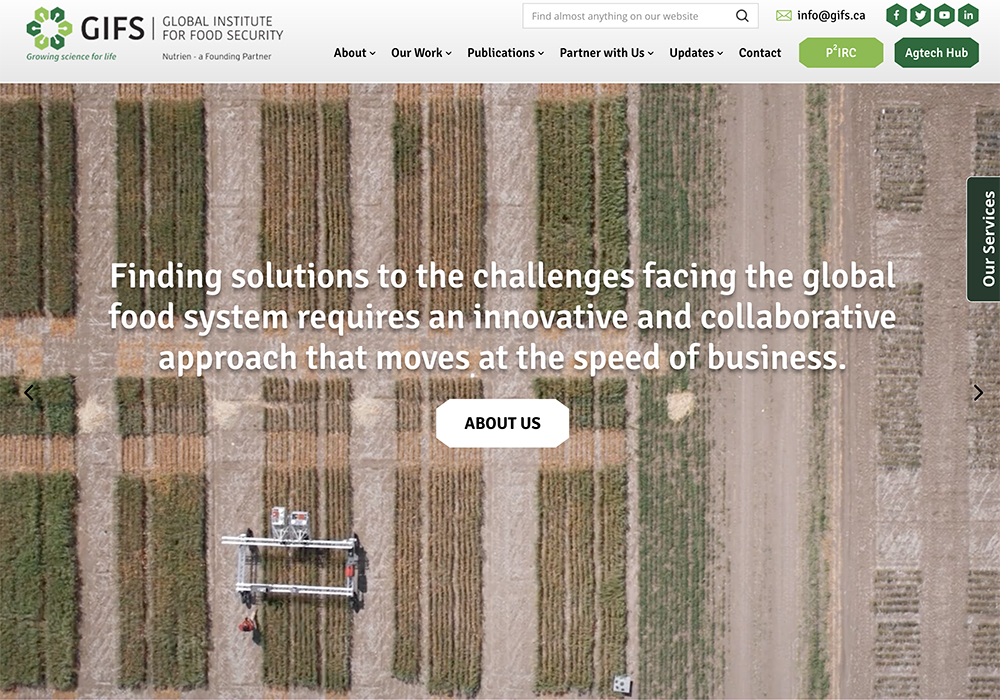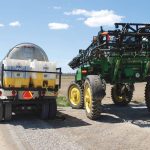Department’s budget increases by 39 percent over last year, largely because of projected crop insurance costs
Agricultural organizations had only good things to say about last week’s Saskatchewan budget, which increased spending to cover off more expensive crop insurance premiums and projected indemnities.
The ministry itself was allocated $548.6 million, while total agricultural spending is budgeted at $1.4 billion. That is eight percent of the projected $18.7 billion the government intends to spend in the 2023-24 fiscal year and $409.8 million higher than last year.
Higher projected crop insurance indemnities account for virtually all of that increase, thanks to higher insured prices.
Read Also
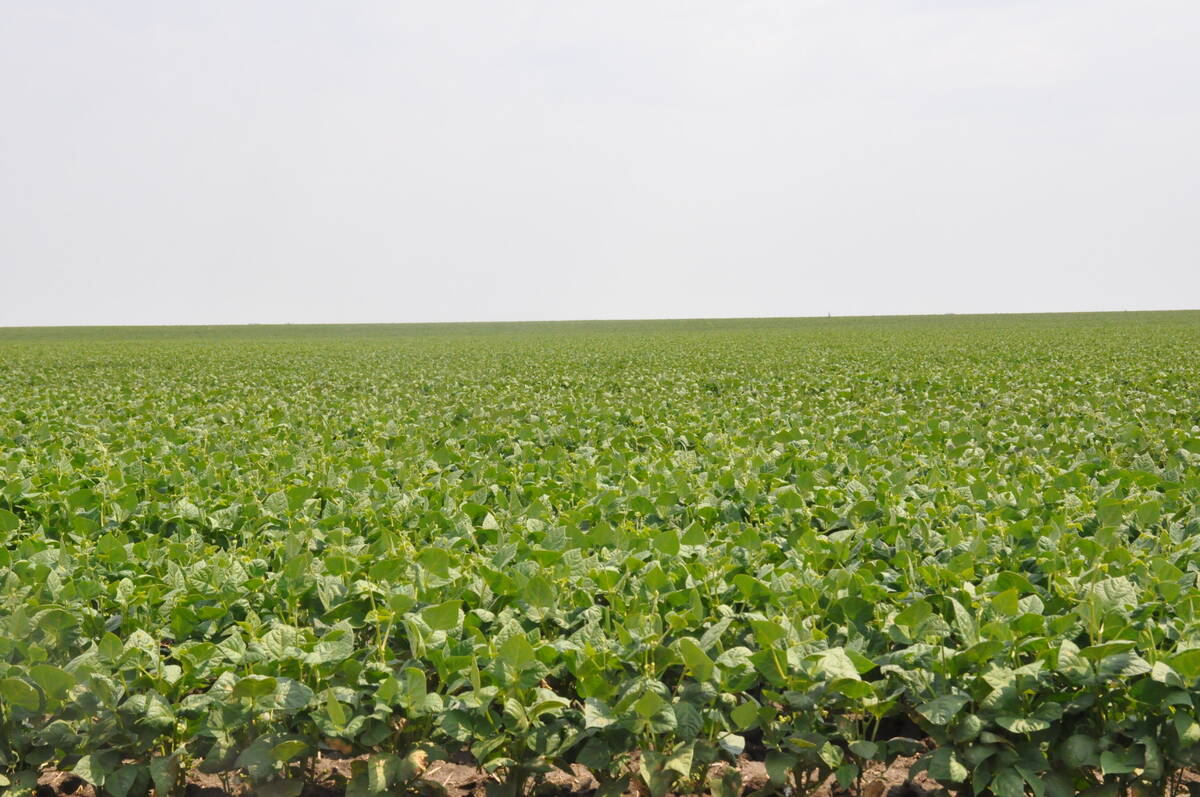
Coloured bean production down, whites are up
Bean prices have been slumping and the outlook is for more of the same.
Earlier last week minister David Marit announced the province would be paying more for the strategic initiatives portion of the Sustainable Canadian Agricultural Partnership. This budget contains $12.4 million in new money for that, for a total of nearly $90 million, along with $8.2 million for AgriInvest and $7.9 million for private reinsurance for SCIC liabilities.
Aside from the ministry, significant costs within the budget include the Saskatchewan Crop Insurance Corp., the Saskatchewan Agricultural Stabilization Fund, the Prairie Agricultural Machinery Institute and Prairie Diagnostic Services.
The budget includes $1 million for invasive weed control on crown land pastures and PST exemptions for wild rice harvesters and storage buildings for commercially grown vegetables and fruit. The exemption for produce storage includes prefabricated building packages or buildings purchased on a supply and install basis, environmental control equipment permanently installed in the building and real property services equivalent to grain bins, such as electrical services.
The Agricultural Producers Association of Saskatchewan said it appreciated the new money within Sustainable CAP, along with the increase in the funding cap for the Farm and Ranch Water Infrastructure Program from $50,000 to $75,000.
“Overall, we’re pleased,” said APAS vice-president Bill Prybylski.
“The recognition of the contribution of agriculture to the province’s economy is nice to see.”
Although APAS wanted to see more changes to business risk management programs, he said they are happy with the increase in the compensation rate for AgriStability from 70 to 80 percent.
More generally, $412.7 million in capital spending at SaskTel to extend rural connectivity is welcome news for farmers operating their businesses.
Saskatchewan Stock Growers Association president Garner Deobald said his organization was pleased the government used extra revenue to pay down some debt.
“They did make some good investments on the ag side for sure,” he said.
“Some of the business risk management programming, I think, will be beneficial to our producers. Investing into irrigation gives us more drought proofing.”
Deobald and Prybylski both said livestock producers have faced a lot of challenges the last few years.
“Overall, as far as the government goes, there really isn’t much more program-wise that could be done,” Deobald said.
“I think right now we’re very thankful and very optimistic of where the markets are going, and that would be the best outcome of all.”
Drought remains a concern in the southwest, although affected regions are smaller than they have been. Deobald said the government is paying attention to that situation, which is all producers can ask for right now.
Chad Ross, vice-chair of the Saskatchewan Cattlemen’s Association, said the budget offers opportunities for producers through the strategic initiatives programs, such as the program that will offer money to adopt best management practices.
“It helps us as producers improve the land, improve our environmental sustainability,” said Ross.
“Also, the Farm and Ranch Water Infrastructure Program is something that we’re very thankful for. We’ve been asking for an increase in that and that has happened, and also the ability to cover some power costs, as well, is going to be of benefit to us.”
Better market prices are coupled with increasing costs, such as the carbon tax that will go up again April 1, so anything government can do to help producers is important, he said.
“I’d encourage producers to have a look at what’s available to them, all the way from risk management programs to the best management practices, and to utilize them in their programs,” Ross said.
Saskatchewan Association of Rural Municipalities president Ray Orb said his organization, SCA and SSGA are planning to work together on better crop insurance programs for livestock producers. APAS, meanwhile, is holding a livestock summit April 5.
Marit said the Resilient Agricultural Landscape Program, which will administer the best management practices program for livestock producers, will allow them to keep some marginal land in grass.
“They’re also going to get compensated for keeping it there, too, for five years,” he said.
“I can see where some of the livestock guys may see a revenue stream from that.”
A thorough consultation with stakeholders before the budget likely results in the positive feedback from it, he said.
“I think we hit the mark.”


